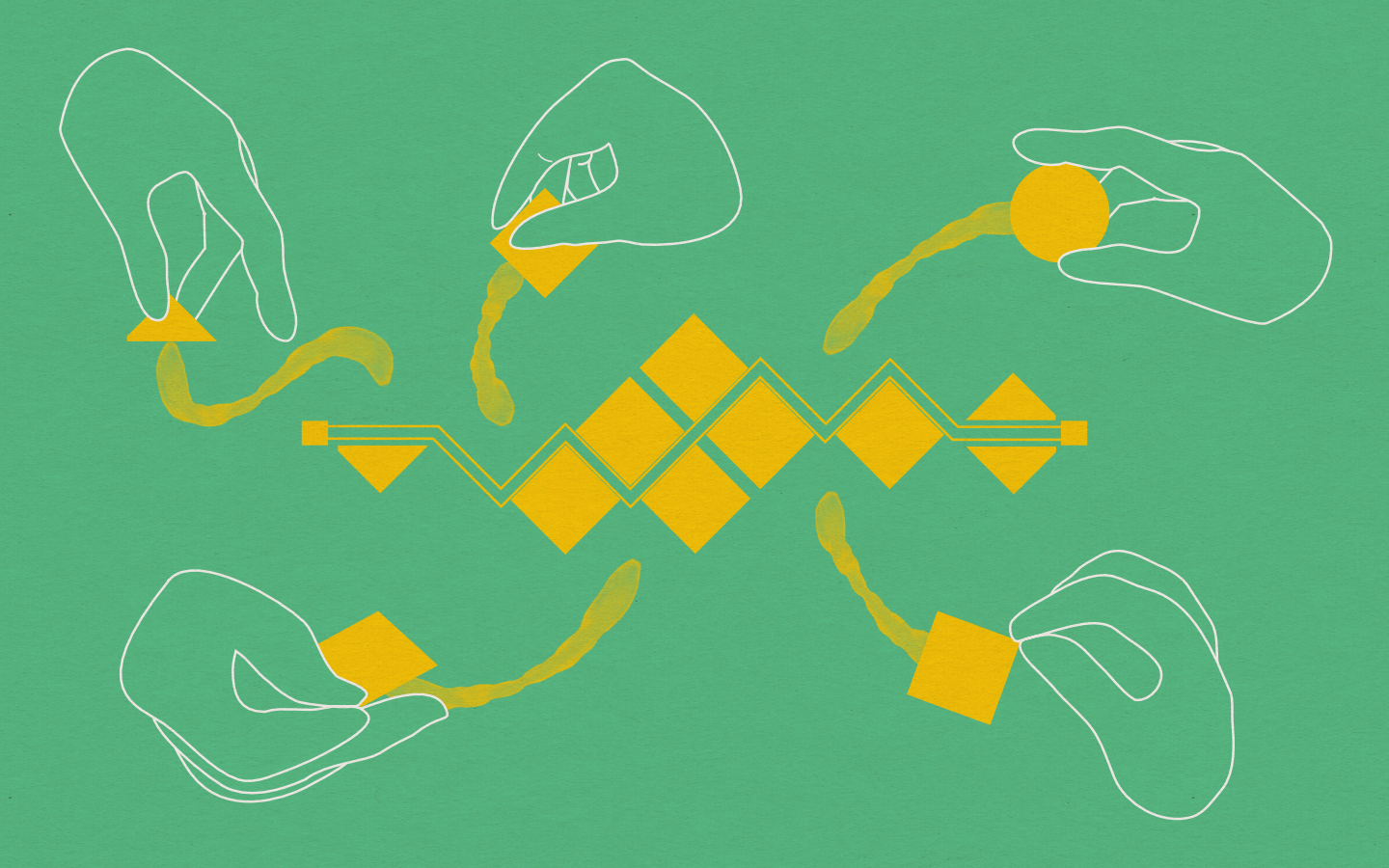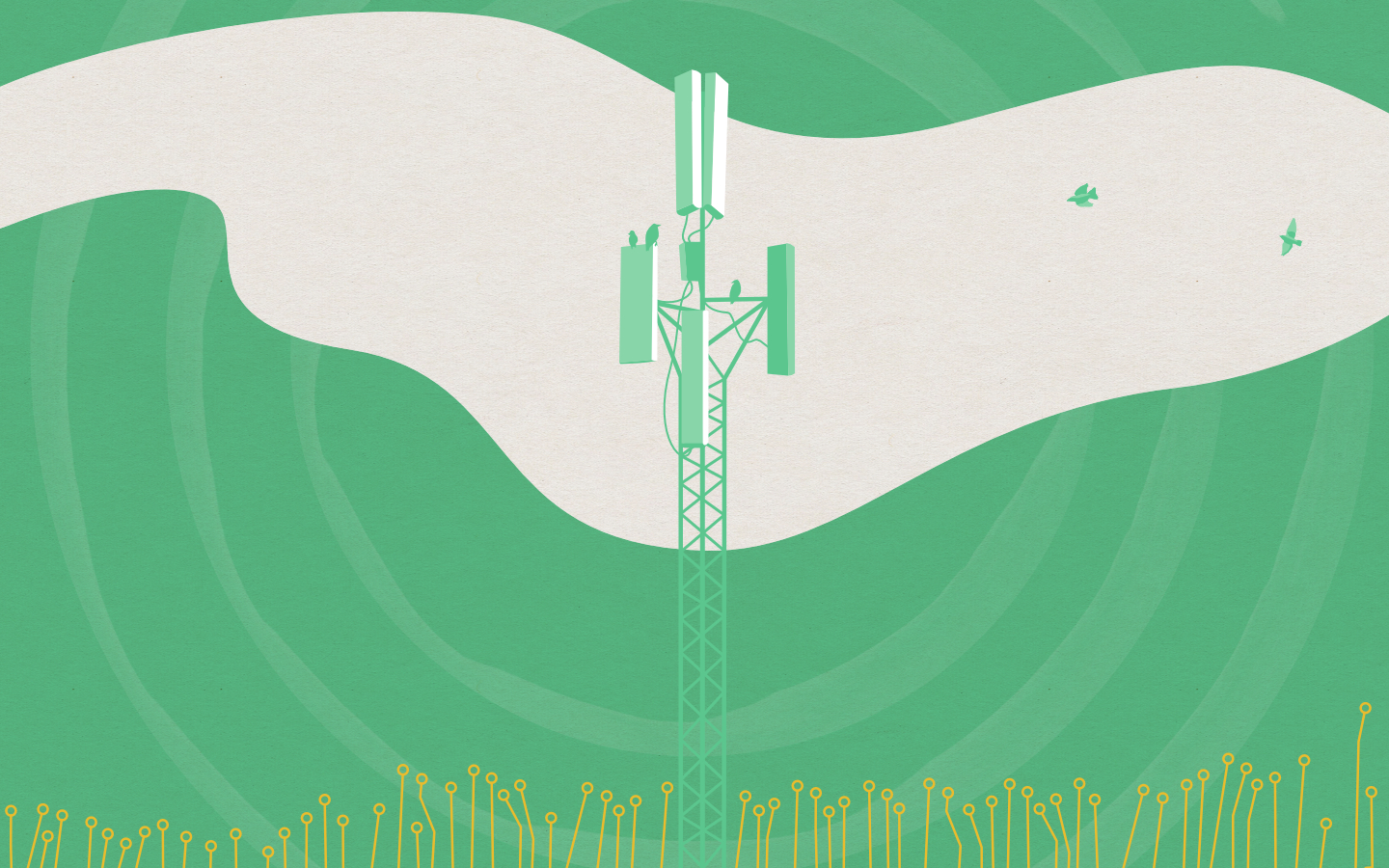What are we sustaining, the internet or the planet?

The world is burning. Accounts of devastating heatwaves, forest fires, and deadly flooding are symptoms of the fact that we have already exceeded a number of the planetary boundaries. Planetary boundaries are a scientific framework that identifies nine critical Earth system processes—including climate change, biodiversity loss, and nutrient cycles—and establishes safe operating limits for humanity to avoid triggering irreversible environmental changes that could destabilize the conditions necessary for human civilization.
The urgency to act is real. Political and industry leaders are heralding technological progress as a quick solution to these existential crises. But before we, in true Silicon Valley fashion, ‘move fast and break things, ’ we should question who stands to win and lose from these technofixes.
Will these solutions contribute to or delay critical action on proven climate solutions?
In my Tech Dive, I drew on my research into how political and industry leaders are framing the relationship between internet infrastructures and environmental harms and what is missing from these narratives. Which solutions are not included or even considered? I specifically talked about my analysis of the Internet Architecture Board (IAB) workshop on the Environmental Impact of Internet Applications and Systems held in 2022. The IAB is the technical advisory body that provides architectural oversight and guidance for Internet protocol development within the Internet Engineering Task Force.
Here are some of the key findings: discussions on sustainability are built on the premise that digitisation is crucial for economic and social progress, and the internet has the potential to make other sectors, such as transportation, building, manufacturing, agriculture, and energy, more sustainable. These assumptions place the internet and the technology industry at the centre of our understanding of the world and sustainability.
When it comes to minimising the environmental impact of the internet, it is primarily about reducing the carbon emissions associated with routing. The IETF community argues there is a need for standardised measurement approaches across the network to gain more accurate and granular information on the internet’s carbon footprint. These measurements need to be complemented by substituting fossil fuel dependencies with renewable energy sources. More aspirational propositions offered ideas such as ‘carbon-aware networking’, which aims to optimise internet traffic by routing it along ‘greener’ nodes, or ‘sleep mode’, shutting down devices to diminish the total volume of energy consumed by the network.
These efforts aim to reduce the energy required to run the internet, but do not fundamentally challenge the imaginaries of growth ingrained in the community’s understanding of the internet. As Corinne Cath describes, the internet is imagined “as an inherent good whose availability depends on uncurbed growth and a non-prescriptive ethos.” Said differently, internet governance practices should not hinder or put boundaries around the network’s growth through permissionless innovation. A belief that in itself prevents critical engagement with the question: how much internet do we actually need and at what cost?
There is not one quick fix to the climate crisis. Yes, we need to reduce the carbon emissions of the internet, and these engineering solutions will contribute to that. However, their impact will be limited as long as the solutions fail to engage with the economic model of the internet. In modern history, technological efficiency gains have not reduced but increased the overall consumption of natural resources, as all usable capital, time and energy are reinvested again and again. What is called the Jevon paradox. As such, banking on promises of efficiency without questioning the growth paradigm embedded within our economies can lead to more harm than good. Just as the internet’s distributed architecture mirrors Earth’s interconnected systems, addressing our environmental crisis requires recognising that technical solutions alone cannot keep us within planetary boundaries—we need to fundamentally question internet growth, not just efficiency gains.
Further reading
- From growth to scarcity: Can Internet Governance meet the ecological crisis? By Fieke Jansen
- Predatory Delay and Other Myths of “Sustainable AI”, by Fieke Jansen and Michelle Throne
- Down with data centres: developing critical policy - report on a workshop organised at privacy camp 2024. Corine Cath and Fieke Jansen.
Dr. Fieke Jansen is a postdoctoral researcher at the University of Amsterdam and a co-principal investigator with the critical infrastructure lab at the University of Amsterdam. She is also a co-lead of the Green Screen Coalition on Climate Justice and Digital Rights. This blogpost by Fieke summarises the ‘tech dive’ she delivered to the members of the Public Interest Technology Group April 3 2025.
More recent news

What are we sustaining, the internet or the planet?
Technology and political leaders are are banking on future promises of technology to save us, while delaying critical action on proven climate solutions. We need to fundamentally pivot and move from extractive to sustainable and even regenerative technology practices. Read more

How internet applications geolocate users and why it needs a rethink
Internet applications have come to rely on IP addresses to estimate where their users are located. Ongoing standards improve IP address privacy, but raise questions about revealing information about a user’s location. Read more

Further and Safer: Reviving HF Radio in the Digital Age
Rhizomatica describes how it hacked an old technology, HF (or shortwave) radio and dragged it into the 21st century as a means to connect rural and low income populations. Read more